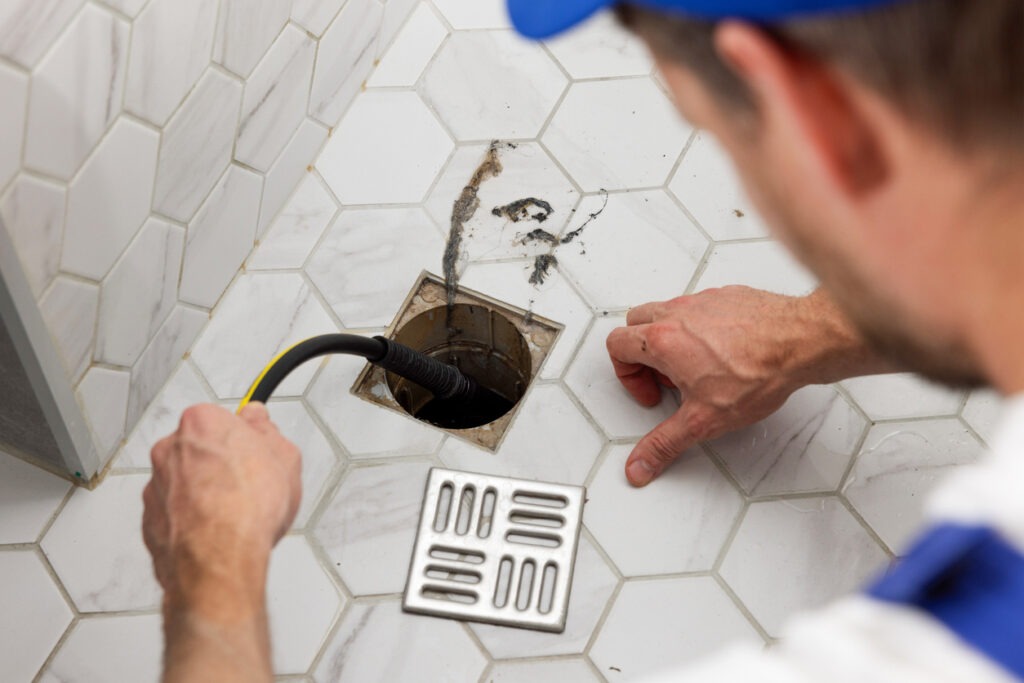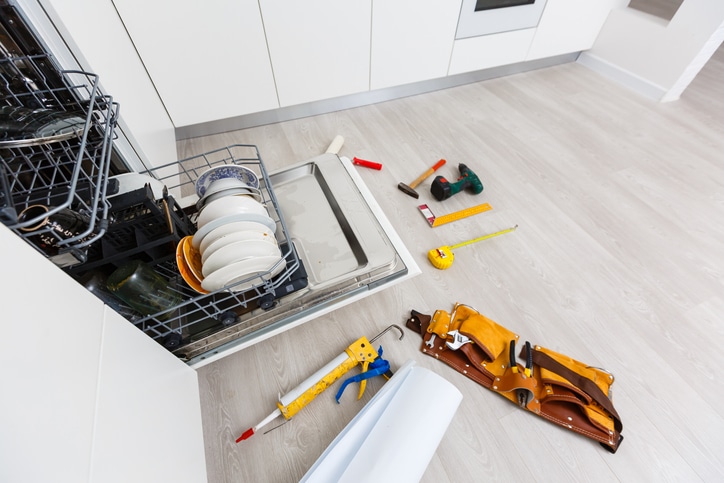
There’s nothing more frustrating than a toilet that won’t stop running. You flush, walk away, and minutes later you can still hear the water running. Not only is that constant sound annoying—it can waste hundreds of gallons of water a day, driving up your water bill and putting unnecessary strain on your plumbing system.
At Total Plumbing Service Inc., our Dallas plumbing experts see this issue all the time. The good news? A running toilet is usually an easy fix once you know what’s causing it.
Step 1: Understand Why Your Toilet Is Running
Toilets are simple systems, but even one small malfunctioning part can keep water flowing nonstop. The most common causes include:
Worn-out flapper: The rubber seal that controls water flow from the tank to the bowl may no longer seal properly.
Faulty fill valve: The fill valve controls how much water refills the tank. If it’s set too high or malfunctioning, water may continuously flow into the overflow tube.
Chain problems: The chain that lifts the flapper during flushing can become tangled, too short, or too long, preventing the flapper from sealing completely.
Float issues: If the float is set too high, it signals the tank to keep filling even when it’s full.
Identifying the cause is the first step toward saving water—and saving money.
Step 2: Check the Flapper
Start with the most common culprit: the flapper.
Turn off the water supply valve located behind the toilet.
Remove the tank lid and flush to drain most of the water.
Examine the rubber flapper at the bottom of the tank. If it’s warped, cracked, or doesn’t seal properly, it’s time to replace it.
Flappers are inexpensive (usually under $10) and available at most hardware stores. Simply unhook the old one and clip the new one in place. Be sure the new flapper matches the size and shape of your existing one—most are either 2-inch or 3-inch models.
Step 3: Adjust or Replace the Fill Valve
If the flapper looks fine but the water continues to run, the issue may lie with the fill valve.
With the tank lid off, flush and observe how water refills the tank.
If water is flowing into the overflow tube, the float may be set too high.
Adjust the float downward so the water stops about one inch below the top of the overflow tube.
If adjusting the float doesn’t solve the problem, you may need to replace the fill valve altogether. Modern valves are easy to install and often come with simple instructions. Just remember to turn off the water and flush the tank before removing any parts.
Step 4: Inspect the Chain
Sometimes, the solution is as easy as adjusting the chain that connects the flush handle to the flapper.
If the chain is too short, it may keep the flapper slightly lifted, allowing water to leak through. If it’s too long, it can get tangled under the flapper. Adjust the chain length so there’s just a little slack when the flapper is closed.
Step 5: Check for Mineral Buildup
Dallas water tends to be hard, meaning it contains higher levels of minerals that can accumulate on your toilet’s internal components. Over time, calcium or lime deposits can keep parts from sealing correctly.
If you notice buildup, soak affected parts in white vinegar for about 30 minutes and gently scrub them clean. This can restore proper function without replacing parts.
Step 6: Turn the Water Back On and Test
Once you’ve made your adjustments, turn the water supply back on and let the tank refill. Flush a few times to make sure the problem is solved. The water should stop flowing once the tank reaches the proper level.
If the toilet still runs, there may be a deeper issue—like a hidden leak or a problem with your water pressure—that requires a professional plumber.
Stop Wasting Water and Money
A running toilet is one of the simplest plumbing problems to fix—but one of the most expensive to ignore. By taking a few minutes to inspect the flapper, valve, and float, you can often solve the issue yourself. And if not, Total Plumbing is here to help with professional toilet repair services across the Dallas–Fort Worth area.
If you’ve checked the flapper, valve, and float but the toilet still won’t stop running, it’s time to call a licensed professional. A running toilet might seem small, but even a minor leak can waste up to 200 gallons of water per day. That’s not just bad for your wallet—it’s bad for the environment, too.
At Total Plumbing Service Inc., our experienced Dallas plumbers can diagnose and repair any toilet problem quickly and affordably. We use flat-rate pricing and provide honest recommendations so you’ll never face surprise charges.



